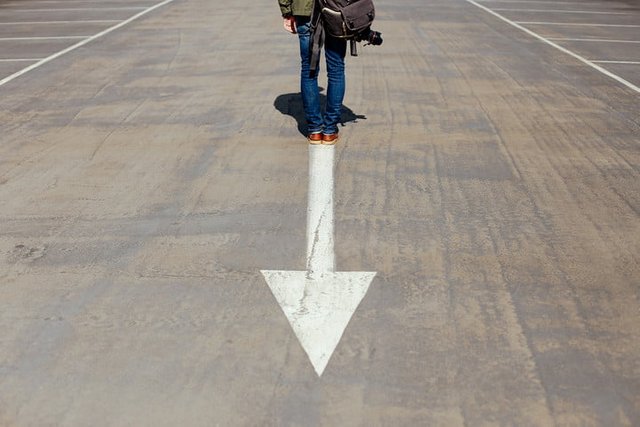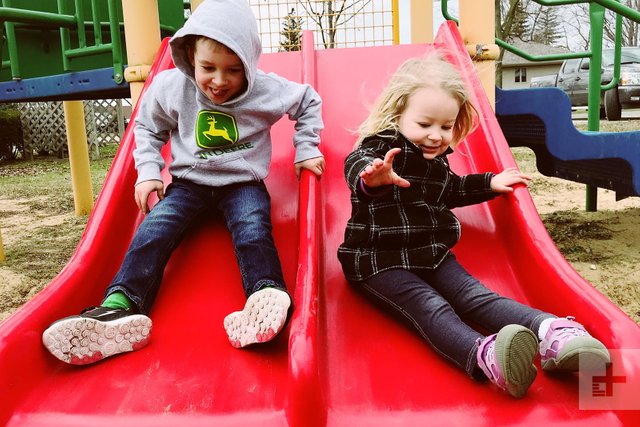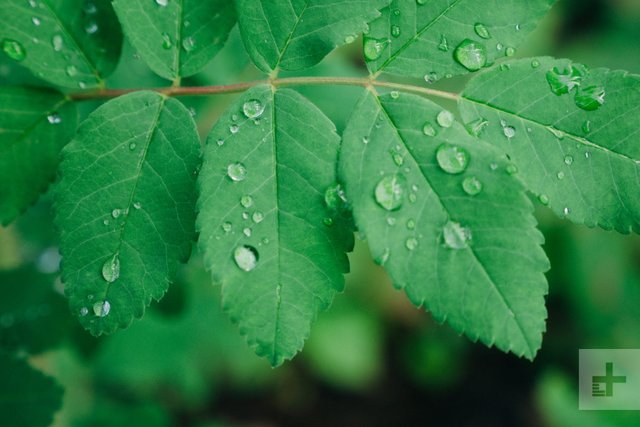How to take better pictures when you know nothing about photography By Hillary Grigonis —

May is National Photography Month, and there’s no better time to brush up on basic photographic skills than now. While more people are taking photos than ever — thanks to the popularity of smartphone cameras and apps like Instagram — it doesn’t mean everybody knows the basics of photography. No, you don’t need to know the lingo (it can be confusing, although it helps to better understand a camera, in our opinion) but by applying a few basic concepts, casual photographers can snap better photos without reading any words more complicated than “shade” — no ifs, ands, or bokeh about it (we’ll stop with the photo terms now). Here’s our non-photographer’s guide on how to take better pictures, minus the technical jargon.
Don’t want to settle for mediocre? Not afraid of a little photography jargon? Try these photography tips instead .

STOP TAKING PICTURES IN DIRECT SUN
Taking great photos in direct sunlight is challenging, if not near impossible. Instead of attempting to “fix” one of the hardest lighting scenarios, why not simply step out of the sun? The photos above were taken with the same camera, without any flash. The difference? The one with the shadowy faces was taken in full sun, the other in shade.
Sunlight is harsh. When directly overhead, the sun creates unflattering shadows under the subject’s eyes. Even the most energetic toddlers will appear to have dark circles under their eyes. If the sunlight hits directly in front of the camera, the image turns into a silhouette (that’s the photo where the person or object is dark and the background is bright). There aren’t any easy tools or camera settings to compensate.
The solution is incredibly simple: Move into the shade. Shade is the easiest light to shoot in, which means you’ll get better results even when you have no idea what you are doing. Another equally simple option is to wait for a cloudy day, since clouds make shade essentially everywhere. An experienced photographer may also employ accessories like reflectors or filters in this situation, but these aren’t accessories most casual photographers carry with them.

WHEN INDOORS, LOOK FOR A WINDOW — OR TURN ON A LIGHT
A window is the indoor equivalent of a shady spot outside. Window light is easy to shoot with, and helps create more flattering photos. Do not, however, shoot directly into the window. Stand with your back or side to the window instead. Moving closer to a window adds more light to your shot, which can also prevent blur. Play around by moving around your subject.
Of course, a window only works during the day and, depending on where it’s facing, certain times. If there are no windows or you are shooting at night, at the very least, turn all the lights on in the room before taking pictures. While not as ideal as natural light, artificially lighting a room as bright as you can will help prevent blurry photos.

CHANGE YOUR HEIGHT
How do you take a photo? You probably grab your phone or camera, place it up near your eye, and shoot, right? That’s fine, but what happens is that all your photos start to look the same. Why? Because they’re all taken from the same height.
Simply kneeling, sitting, or standing on top of something can instantly add variety to that ho-hum Instagram post. Whatever it is you are photographing, try looking from different angles and find the one that looks best to you. For example, when photographing kids, kneeling or sitting to shoot from their eye level, not yours, often makes a big improvement.

STOP PLACING EVERYTHING SMACK-DAB IN THE CENTER
Did you know that photographers follow (and also break) a rule suggesting that you shouldn’t place whatever you are photographing right in the center? We promised no technical stuff, so we won’t get into the rule — but the concept generates an incredibly simple, non-jargon tip: Stop defaulting to the center and think about where everything is in the photograph.
Placing everything in the center used to be a necessity to get a sharp shot, but most cameras can capture a sharp subject even when off-center. And if your camera is a smartphone, you can simply tap the object on the screen to focus there. Placing the person or object a bit off to the side adds interest and tends to draw the eye. Off-center placements also create empty space, which creates a less busy image that’s often more eye-catching.
We’re not saying to never take a centered photograph again, but we are saying to stop centering the photo without even thinking about it. Consider where the person or object is and what else is in the frame, and you’ll get better shots — this is referred to as composition.

EDIT YOUR PHOTOS
For a majority of photographers, an image isn’t finished once the shutter is pressed. Editing helps photographers put the final touches on a photo in order to more accurately recreate the colors or to evoke the emotion that inspired the shot in the first place. But you don’t need Photoshop and professional photo editing skills to edit your images.
While Photoshop, Lightroom, and other advanced image editors offer a lot of features, casual photographers are better served by basic apps that do quick touch-ups. One-click fixes and simple sliders help boost your photos, even if you’ve never edited photos before. If you’re shooting with a smartphone, try one of our top picks for the best iOS and Android photo apps . For desktop apps, try one of these
free editing programs to start with.
TAKE MORE PICTURES
Beefing up your photo skills is no different from improving your golf game or whatever game you fancy — the more you play, the better you get. The more you take photos, the more you’ll improve. Even if you have no desire to cross the line into manual exposure modes and advanced amateur photography, taking more snapshots will help boost your creativity, help you recognize the scenarios that don’t work well for photos, and up the odds of getting a better shot. You may fill up your smartphone or SD card faster, but simply taking more photos is an easy way to learn how to take better pictures without digging out a photography textbook.